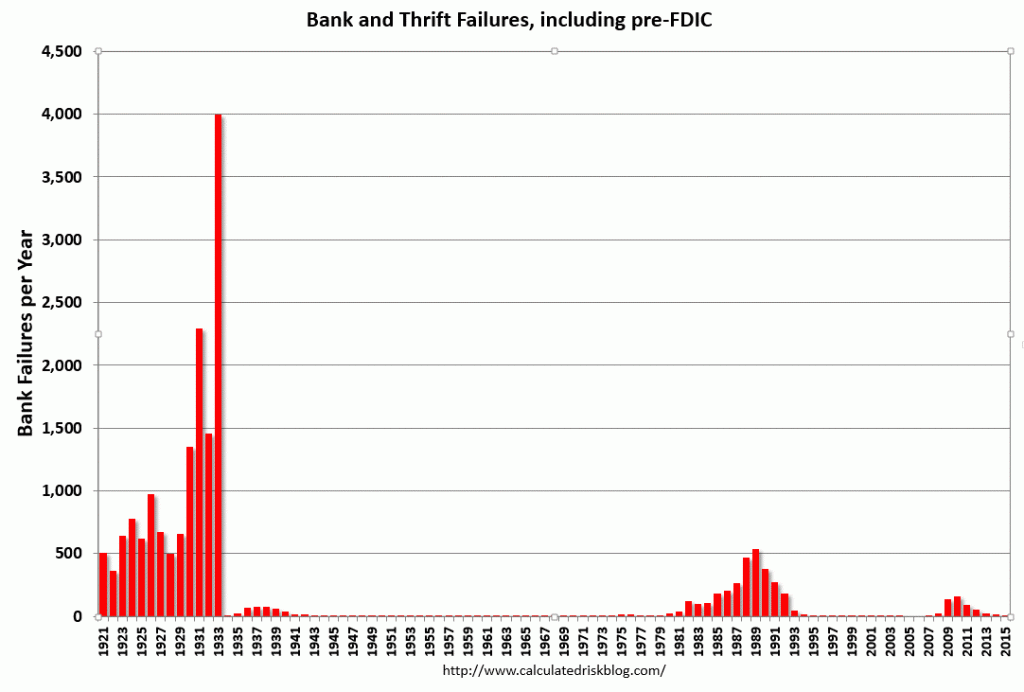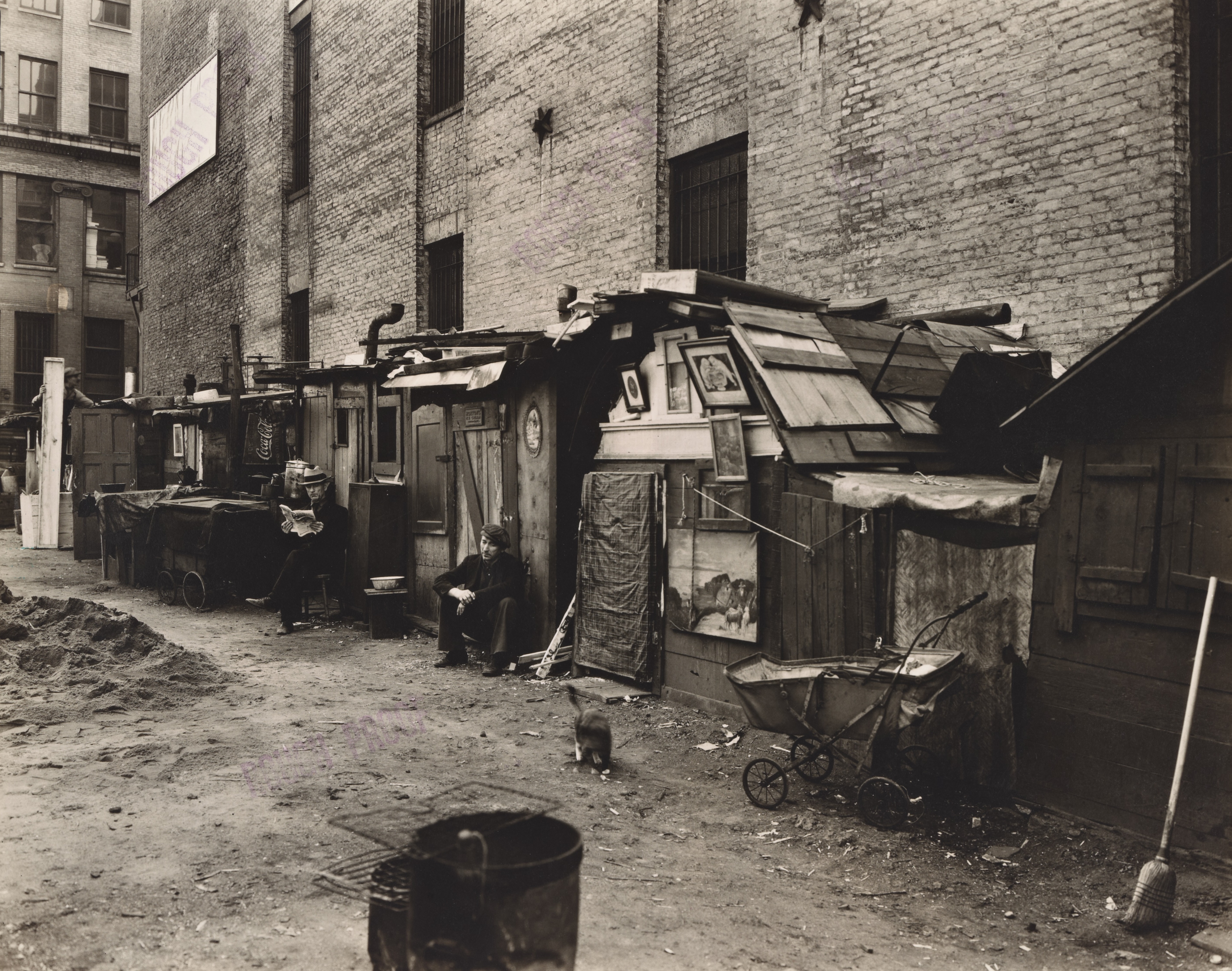Caleb Lagerwey
dylan_black_2025
AP US History 🇺🇸
454 resourcesSee Units
Introduction
The Great Depression was the worst economic disaster to hit the United States in its history. It featured high unemployment (peaking at nearly 25%! 😳) and desperation as people looked for the means to support themselves and their families. You should know some of its causes and how it changed the US.
Causes of the Great Depression
When we look at the causes of the Great Depression, you can remember those with this helpful acronym BOPS:
- B - Bank Failures when the bank ran out of money because everyone was freaking out and running to the bank to withdraw their money.
- O - Companies and farmers were overproducing WAY too many goods. WWI was long over, but they were still producing at those levels. Additionally, when people bought a car or a new appliance, they weren't going to be back in the market for that object for a while….but companies kept producing anyways.
- P - Consumers began a purchasing reduction. In short they weren’t buying at the levels that companies were producing.
- S - In 1929, the straw that broke the camels back was the stock market crash.
The true causes of the Great Depression have been debated since the crash itself, but it is largely agreed that overproduction coupled with overuse of credit and a growing stock market bubble were the primary issues. Milton Friedman, a 20th century economist, argued that actions of the Fed before the Depression also exasperated these issues.
The Stock Market Crash
The Great Depression had many different causes, and each one contributed to it in its own way. The 1920s, sometimes called the Roaring 20s because of the economic boom that occurred for some Americans, contributed greatly.
First, unregulated credit led people to buy more than they could afford, propping the country’s economy up on borrowed money and loans. This got worse when people borrowed money to invest in the ever-growing stock market bubble, a process known as margin-buying.

The Dow Jones Industrial Average, 1920 to 1955. Note the sharp increase through the 20s and then the absolute CRASH in 1929.
Margin is when a company lends your money against the value of stocks in your portfolio. Investors now played the market on credit, buying stock listed at $100 a share on $10 down and $90 on margin. This bubble burst on October 29, 1929 (Black Tuesday) and stocks continued to fail during the next few years.
By 1933, the number of unemployed reached 13 million people or 25%.
🎥 Watch: AP US History - the Great Depression and the New Deal
Bank Failures
A run on the banks, also known as a bank run, is a financial crisis that occurs when a large number of customers of a bank or multiple banks simultaneously withdraw their deposits, either because they believe the bank is, or might become, insolvent, or because they believe they will be able to withdraw their money faster than the bank can pay it.
During the Great Depression, banks in the US were unstable due to a lack of regulation and risky loans made during the 1920s. When rumors circulated that a particular bank was in danger of failing, customers would rush to withdraw their savings, which confirmed the rumors and ultimately led to the bank's collapse. This process of customers withdrawing their deposits, known as a run on the bank, quickly spread to other banks, leading to a cascading effect that caused hundreds of banks to fail. By 1933, 28 states in the US did not have a single bank remaining.
You may wonder why the banks just didn't give their customers their money. This is because they didn't have it! Banks use some or all of their deposits to fund loans. Usually they keep some reserves, but in this case because of a lack of regulation, it was all loaned out. Thus, when people asked for their money, the bank at one point had to say "sorry, we don't have it. We've lost all your money"

Runs on the banks are harmful to the economy because they can lead to a widespread loss of confidence in the banking system, which can ultimately result in a financial crisis. When banks fail, people lose their savings, businesses may be unable to access the credit they need to operate, and the overall economy can suffer. The Great Depression was a prime example of the devastating effects that a run on the banks can have on an economy.
The Dust Bowl
Other problems with the economy included overproduction: the Great Depression had begun in the 1920s for farmers who had to compete with a recovering Europe.
The Dust Bowl was another major contributor to the economic struggles of the Great Depression. The Dust Bowl was an environmental disaster that occurred in the American West, particularly in states like Kansas and Oklahoma. It was characterized by high winds, low rainfall, and poor soil management practices, which resulted in widespread crop failure and environmental degradation. Many farmers lost their mortgaged farms and were forced to leave the area, with many moving to California and becoming known as "Okies." The Dust Bowl had a significant impact on the agricultural sector, which was already struggling due to overproduction and other economic challenges.
Hoover’s Response
All these problems were initially made worse by poor governmental responses: the Federal Reserve, responsible for controlling the money supply and interest rates, tightened the money supply and raised interest rates, making it harder for businesses to produce goods/services and harder for consumers to spend money.
The US government also passed the Hawley-Smoot Tariff that raised the taxes on imported goods in an attempt to save US industries. Other nations responded with their own tariffs and world trade ground to a halt.
Republican President Herbert Hoover was blamed for not dealing with the crisis effectively, although some of this criticism is unfair. He went against the normal wisdom of the time—which was to do nothing and let the markets correct themselves—and tried a program of limited public works (giving people jobs to build needed infrastructure) and voluntary business deals like wage freezes.

Image Courtesy of Wikimedia
The homeless traveled in box cars and lived in shantytowns, named “Hoovervilles” in mock honor of their president. Men and women lived in lean-tos made of scrap wood and metal, and families went without meat and fresh vegetables for months.
The effects continued to worsen:
- Unemployed stood in lines for hours waiting for relief checks.
- Veterans sold apples or pencils on the street corner.
- Crops rotted in the fields because prices were too low to make harvesting worthwhile.
- Professionals and white-collar workers refused to ask for charity even while their families went without food. One NY dentist and his wife turned on the gas and left a note saying “We want to get out of the way before we are forced to accept relief money”
- People who fell behind on their mortgage lost their homes and then face eviction when they could not pay the rent.
- They stopped going to doctors and dentists
Hoover urged businesses not to cut wages, unions not to strike, and private charities to increase their efforts for the needy and jobless. He took the traditional view that public relief should come from state and local governments, not the federal government.
Bonus March
Hoover refused to give WWI veterans their bonus a few years early, as they had requested during their Bonus March on Washington in 1932. This ragged group of some 22,000 WWI vets had come to Washington to lobby Congress to pay immediately a bonus for military service that was due them in 1945.
After the Senate rejected the bill, some of the vets stayed in Washington, living in ramshackle huts along the Potomac. Mounted troops drove the bonus army out of the capital, blinding the vets with tear gas and burning their shacks.
Election of 1932
Democrats nominated Franklin Delano Roosevelt (FDR), a cousin of former president Teddy Roosevelt, for president. People were ready for a change and tired of Hoover’s inaction. Roosevelt was elected in a landslide. During his first inaugural address, he told the American people that “the only thing we have to fear, is fear itself”.
FDR began to address the Great Depression immediately by proposing numerous pieces of legislation during his First Hundred Days in office in 1933. The pieces of legislation FDR and the Congress would pass during the new few years would be called the New Deal.
🎥 Watch: AP US History - 1920s and 30s
Browse Study Guides By Unit
🌽Unit 1 – Interactions North America, 1491-1607
🦃Unit 2 – Colonial Society, 1607-1754
🔫Unit 3 – Conflict & American Independence, 1754-1800
🐎Unit 4 – American Expansion, 1800-1848
💣Unit 5 – Civil War & Reconstruction, 1848-1877
🚂Unit 6 – Industrialization & the Gilded Age, 1865-1898
🌎Unit 7 – Conflict in the Early 20th Century, 1890-1945
🥶Unit 8 – The Postwar Period & Cold War, 1945-1980
📲Unit 9 – Entering Into the 21st Century, 1980-Present
📚Study Tools
🤔Exam Skills
👉🏼Subject Guides
📚AMSCO Notes

Fiveable
Resources
© 2025 Fiveable Inc. All rights reserved.